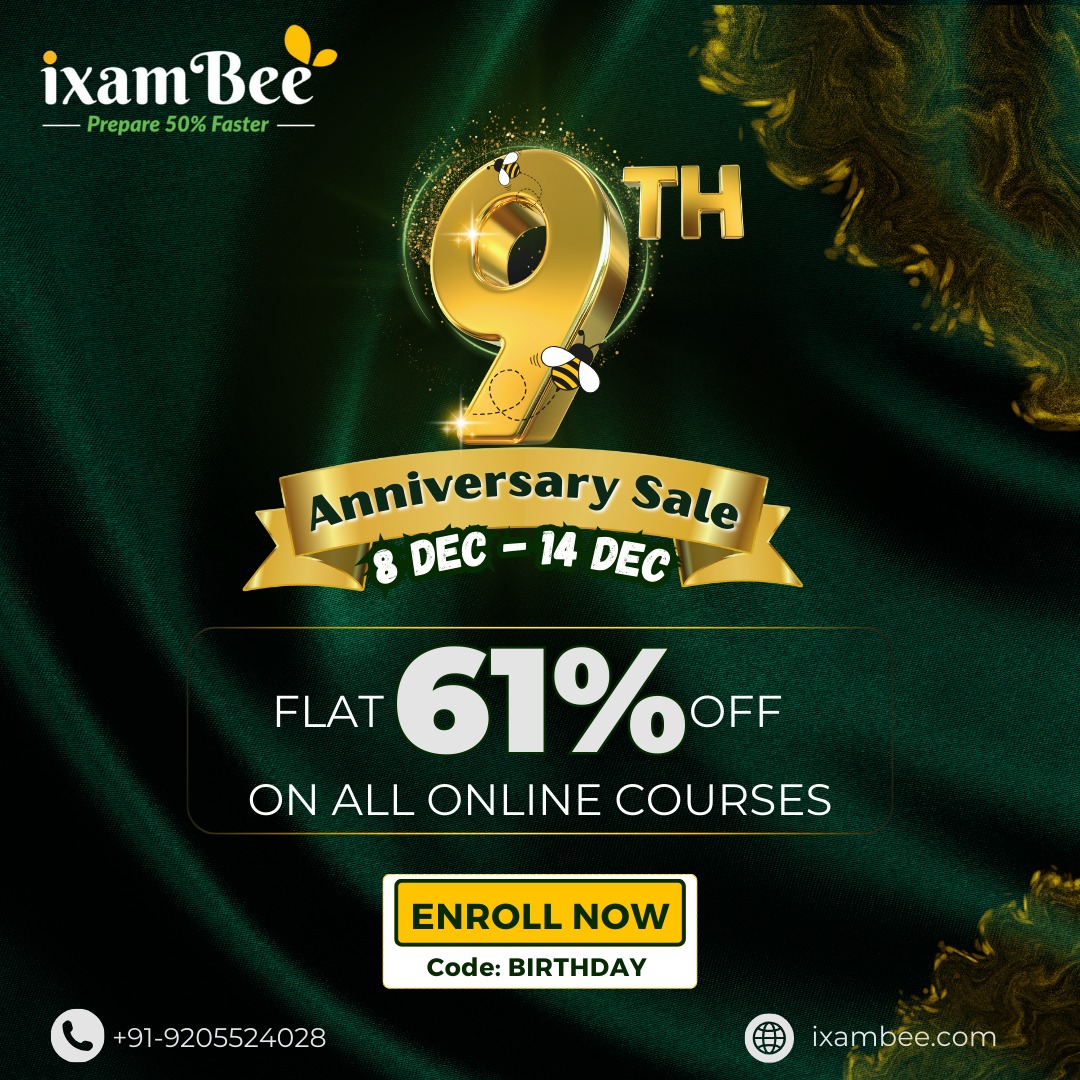Question
Recently RBI launches the first pilot project for
central bank digital currency (CBDC), also known as digital rupee or e-rupee, the central bank has identified how many banks to participate in commencing the first pilot?Solution
The Reserve Bank of India (RBI) launches the first pilot project for central bank digital currency (CBDC), also known as digital rupee or e-rupee. The first digital rupee pilot will be in the Wholesale segment and the central bank has identified nine banks to participate in commencing the first pilot. The nine banks are State Bank of India, Bank of Baroda, Union Bank of India, HDFC Bank, ICICI Bank, Kotak Mahindra Bank, Yes Bank, IDFC First Bank, and HSBC. The pilot project will focus on settlement of secondary market transactions for government securities. Central Bank Digital Currency (CBDC) is a digital form of legal tender issued by the RBI. India’s CBDC will be called ‘e₹’, and it can be exchanged one-for-one for fiat currency as it is a digital form of rupee. RBI Headquarters: Mumbai Governor: Shaktikanta Das 4 Deputy Governors: T. Rabi Sankar, MK Jain, MD Patra, M Rajeshwar Rao The Reserve Bank of India defines Central Bank Digital Currency (CBDC) as a digital form of legal tender issued by a central bank. Simply put, it is a digital form of fiat currency, i.e. The Indian Rupee. As a result, it can be exchanged for fiat currency one for one. CBDC will have all of the advantages that we see with cryptocurrencies and digital forms of payment like it can never be torn, burned, or physically damaged. They are also not physically lost. In comparison to notes, the lifeline of a digital form of currency will thus be indefinite.The Digital Rupee will bring with it another significant advantage in terms of cryptocurrencies which is that it will be governed by a central authority, reducing the volatility risk associated with other digital currencies such as Bitcoin.
Ankita borrowed some money from Suman at 11% p.a. simple interest for 2 years. After 2 years, she returned the amount to Suman and again borrowed 2/3rd ...
Harsha was defeated by which of the following?
The Trade Union Act, of 1926 provides for the dissolution of a trade union by a special resolution of its members or by an order of the _______.
As per the Social Security Code, 2020 in which schedule we will find the list of occupational diseases?
In view of environmental problems, the use of which insecticide has been reduced ?
Which state is the largest contributor to India’s total natural rubber production?
According to 2011 census, what is the annual exponential growth rate in India?
What will happen during the free fall of a massive object under the influence of gravitational force of the earth?
Consider the following statements:
1. The Constitution empowers only the Centre to make any discretionary grants for any public purpose, even i...
Statements not true in regards to Globalization
- European economics can affect the Indian Economy.
- China's Polic...
Relevant for Exams:



